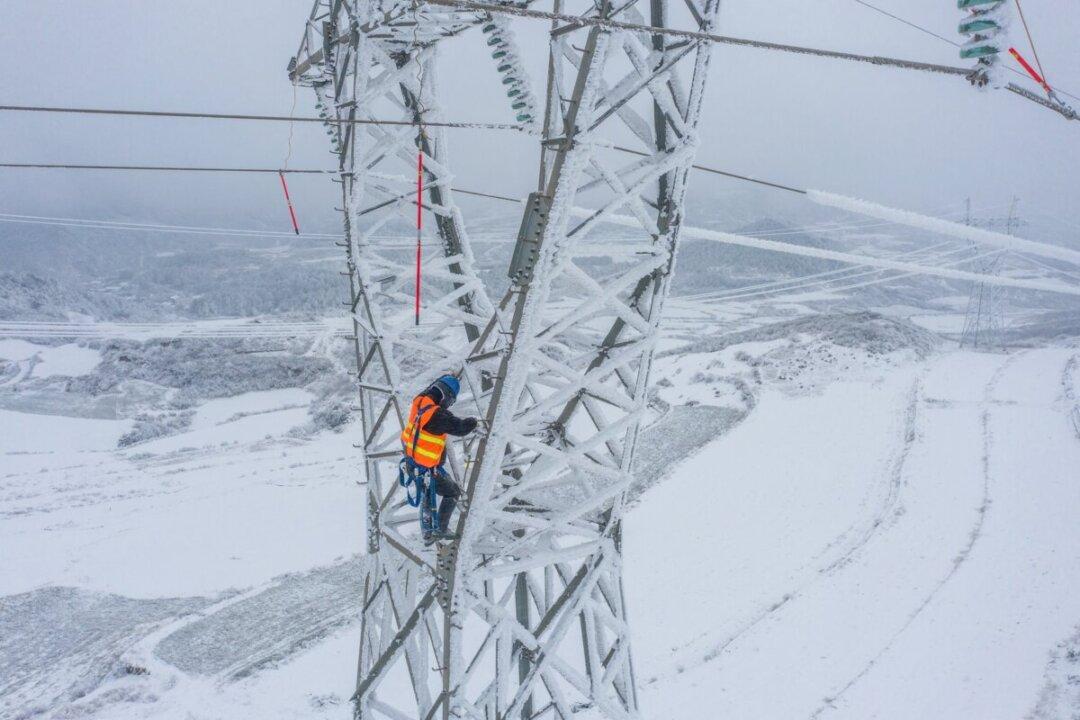As extreme cold blankets China, authorities are struggling with an energy shortage, and electricity bills are skyrocketing. Netizens are complaining about insufficient indoor heating and excessive energy bills.
This winter’s record-breaking frigid temperatures have brought snow even to China’s subtropical southern provinces. Heating shortage problems are plaguing the populous northern cities, and northwest provinces—areas like Shaanxi, Gansu, Qinghai, Ningxia, and Xinjiang.





